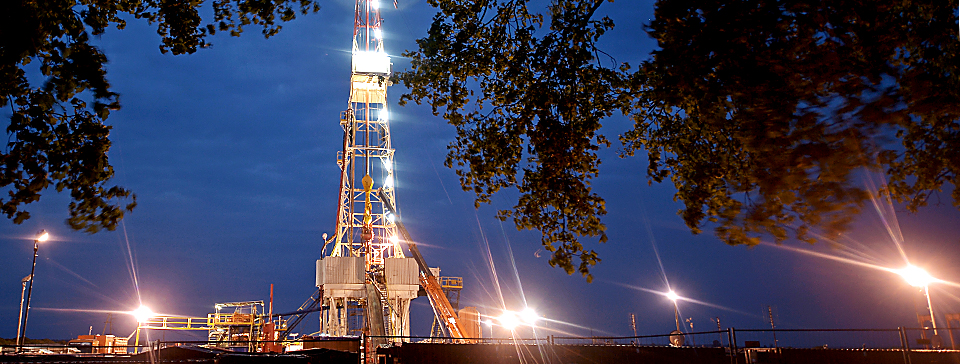36. Contingent Liabilities and Receivables
36.1. Contingent receivables
in PLN m
| Dec 31 2012 | Dec 31 2011 | |
|---|---|---|
| From related entities: | ||
| under guarantees and sureties received | 1 | - |
| under promissory notes received | 152 | 3 |
| Total contingent receivables from related entities | 153 | 3 |
| From other entities: | ||
| under guarantees and sureties received | 420 | 428 |
| under promissory notes received | 158 | 97 |
| other | 226 | 156 |
| Total contingent receivables from other entities | 804 | 681 |
| Total contingent assets | 957 | 684 |
36.2. Contingent liabilities
in PLN m
| Dec 31 2012 | Dec 31 2011 | |
|---|---|---|
| To other entities | ||
| under guarantees and sureties issued* | 9,732 | 10,571 |
| under promissory notes issued | 698 | 858 |
| other | 1,129 | - |
| Total contingent liabilities to other entities | 11,559 | 11,429 |
| Total contingent liabilities | 11,559 | 11,429 |
* Contingent liabilities in foreign currencies were translated into the złoty at the exchange rates quoted by the NBP respectively for December 31st 2012 and December 30th 2011.
The increase in contingent receivables is chiefly attributable to loans advanced to related entities and promissory notes issued as security in respect of these loans (PLN 152m). Other contingent receivables also grew on the back of EU subsidies granted to co-finance projects carried out by gas distribution companies.
The decrease in contingent liabilities in 2012 is primarily attributable to changes in exchange rates for currencies in which the liabilities are denominated. The depreciation of the euro against the złoty in 2012 caused a reduction in contingent liabilities arising in connection with the guarantee of repayment of liabilities under the eurobonds, provided by the Parent (down PLN 493m, translated at the exchange rate quoted by the NBP for December 31st 2012) and in connection with the performance bond provided to the Government of Norway by PGNiG Norway AS (down PLN 206m). Contingent liabilities under issued promissory notes decreased as a result of expiry of some of promissory note agreements. The increase in other contingent liabilities is attributable mainly to the pledge created over claims under the loan advanced to PGNiG Norway AS, of PLN 1,118m, the secure the payment of liabilities under the loan.
36.3. Other contingent liabilities
Real estate tax
The Group assessed the risk of claims being filed against it in relation to real estate tax on mining workings as low. The related liability, if any, including interest, which is not past due and is not recognised in the financial statements, was PLN 160m as at December 31st 2012 (December 31st 2011: PLN 151m).
However, taking into consideration the ruling issued by the Polish Constitutional Tribunal on September 13th 2011, there is no doubt that mining workings, understood as spaces in land properties or in rock masses (excluding stuctures) may not be subject to real estate tax either on their own (understood as workings in the physical sense) or together with the devices fitted within them (understood as mining workings in the broader sense).
Pursuant to the ruling (court docket No. P 33/09) concerning imposition of real estate tax on mining workings, mining workings are not structures within the meaning of the Polish Building Law (and consequently within the meaning of the Local Taxes and Charges Act). Pursuant to the grounds for the ruling, mining workings are considered to be areas in land properties or in rock masses, created as a result of performance of mining work, and boreholes (wells) are to be treated as a special type of mining workings (c.f. ruling of the Provincial Administrative Court of Wrocław of January 31st 2006, court docket No. I SA/Wr 1064/04, and ruling of the Supreme Administrative Court of September 20th 2007, court docket No. II FSK 1016/06).
Therefore, mining workings understood in this way may not be subject to real estate tax, either as such or with the installations located inside them. In its ruling, the Polish Constitutional Tribunal concludes however that there are no plausible reasons which would generally be against the possibility to recognise facilities located in mining workings as structures, and that it is within the powers of tax authorities and administrative courts to resolve the matter. The judging panel made a reservation however, that only the following may be considered structures within the meaning of the Local Taxes and Charges Act:
- buildings explicitly listed as such in the Polish Building Law,
- installations described in Art. 3.9 of the Polish Building Law, which ensure the possibility to use a structure for the purpose for which it is intended, subject to the reservation that mining workings as such are not structures.
It is extremely difficult to identify in wells any structures which are explicitly named as such in the Polish Building Law, therefore the risk that real estate tax could be imposed on any installations located inside the wells is low.






